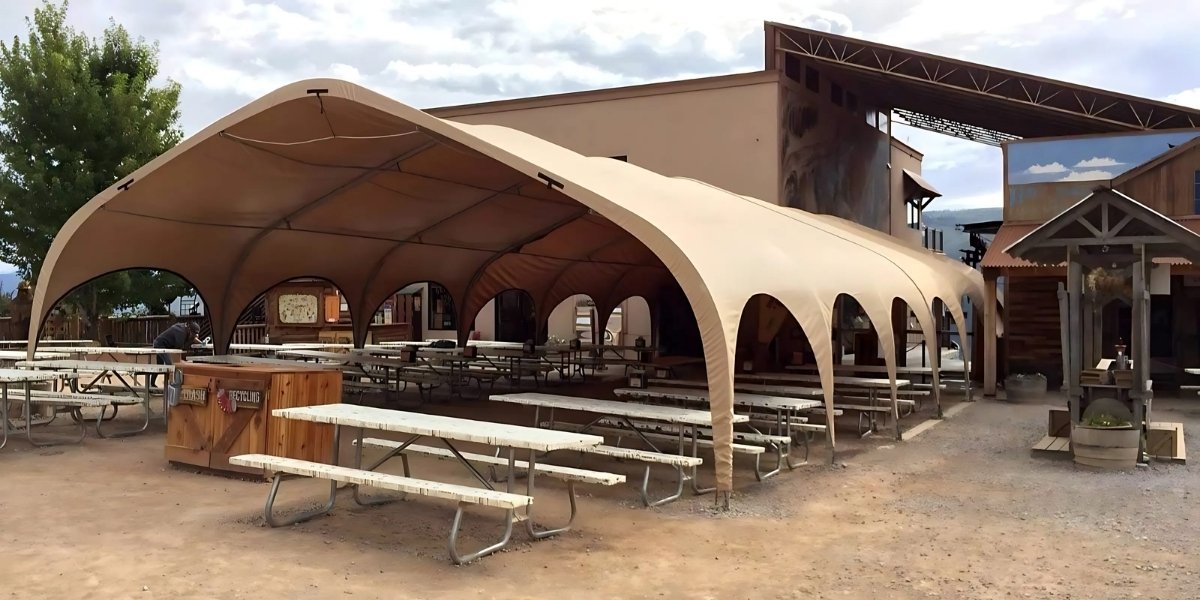The midstream segment is a vital part of the U.S. energy supply chain, acting as a link between upstream production and downstream consumption. It includes the transportation, storage, and processing of oil, natural gas, and related products. According to David Wilcox, this infrastructure not only supports efficient energy delivery but also contributes immensely to national energy security, economic development, and regional growth. Investment in midstream systems creates jobs, stimulates local economies, and ensures resilience during emergencies or market disruptions.
In recent years, policy and innovation have begun to shape the future of the sector, directing it toward cleaner technologies like hydrogen and renewable natural gas. As the U.S. shifts toward a more diversified energy portfolio, ensuring the adaptability and reliability of midstream infrastructure becomes more important.
Economic Value of Midstream Infrastructure
A strong midstream network improves cost efficiency across the entire energy supply chain. By moving large volumes of oil and gas quickly and safely, these systems help lower transportation expenses and minimize losses caused by delays or interruptions. This efficiency translates into more stable energy prices for consumers and improved margins for producers. In high-demand seasons, this becomes even more pronounced, helping to stabilize regional markets.
Investments in pipelines, terminals, and processing plants often lead to long-term economic gains. A well-placed natural gas processing facility can support growth in rural and industrial areas, encouraging more drilling activity and reducing flaring. Over time, such infrastructure creates a foundation for reliable energy distribution that meets national demand.
Energy companies often view midstream assets as stable, income-generating investments. Their value doesn’t just come from moving resources—it comes from consistently enabling the rest of the energy system to function without hiccups, even during high-demand seasons or geopolitical uncertainty. Investors often treat them as long-term holdings due to their predictable cash flows and regulatory clarity.
Jobs, Local Growth, and Tax Contributions
Midstream projects generate thousands of jobs in construction, operations, and ongoing maintenance. Skilled labor is required to build and maintain everything from pump stations to compressor units, creating opportunities in both urban centers and rural communities. Training programs and certifications tied to midstream work also open career pathways for younger workers entering the energy sector.
Beyond employment, these projects often stimulate local economies. Businesses such as equipment suppliers, housing providers, and restaurants benefit during construction phases. Once operational, midstream sites contribute to local tax bases, funding public services like schools and emergency departments. In regions like Appalachia and the Gulf Coast, the presence of midstream facilities has boosted municipal revenue, helping communities reinvest in infrastructure and public programs.
Strengthening U.S. Energy Security
Midstream infrastructure plays a key role in reducing the nation’s reliance on imported energy. By expanding domestic transport and storage capacity, the U.S. can better utilize its own oil and gas reserves, making the country less vulnerable to overseas supply disruptions. In times of geopolitical conflict, this self-reliance becomes a strategic advantage.
During global crises or weather-related shutdowns, a robust midstream system helps maintain steady flows of fuel. Redundant pipeline networks and strategically located storage hubs allow operators to reroute supply or tap into reserves when traditional pathways are hindered. This flexibility helps shield the economy and consumers from sudden price shocks. The 2021 Texas freeze demonstrated how critical midstream flexibility is during black swan events.
Regions with well-developed midstream systems are often better positioned to respond to emergencies. The ability to move energy quickly and securely across long distances ensures that hospitals, power plants, and manufacturing sites continue operating even when the market faces unexpected stress. Coordination with federal emergency protocols further enhances this capability.
Building Resilient Infrastructure
Resilience in the energy sector means more than just durability—it involves designing systems that adapt to change and recover quickly from disruption. Midstream infrastructure achieves this through diversified routing, built-in redundancies, and advanced monitoring technologies that detect issues early. These features allow operators to isolate problems before they escalate into larger failures.
After hurricanes or wildfires, midstream operators often restore service within days, thanks to pre-positioned resources and real-time communication systems. Regions like the Gulf Coast, which regularly face extreme weather, have developed protocols that allow pipelines and terminals to pause operations safely and resume them once conditions stabilize.
Policies, Investments, and Looking Ahead
Federal and state policies heavily influence how and where midstream infrastructure grows. Regulatory frameworks surrounding land use, environmental impact, and permitting often determine project timelines and investment decisions. Streamlining these processes while maintaining safety standards is a challenge that continues to shape the sector’s growth. Public input and environmental assessments often add layers of scrutiny, prolonging approval cycles.
As the energy transition gains momentum, midstream companies are adapting by investing in systems that can handle hydrogen, renewable natural gas, and even captured carbon dioxide. These emerging technologies demand new materials, updated safety protocols, and broader collaboration between the public and private sectors. Future-ready infrastructure isn’t just about fossil fuels—it’s about building a flexible foundation for whatever energy sources come next.
Published by Anne C.









